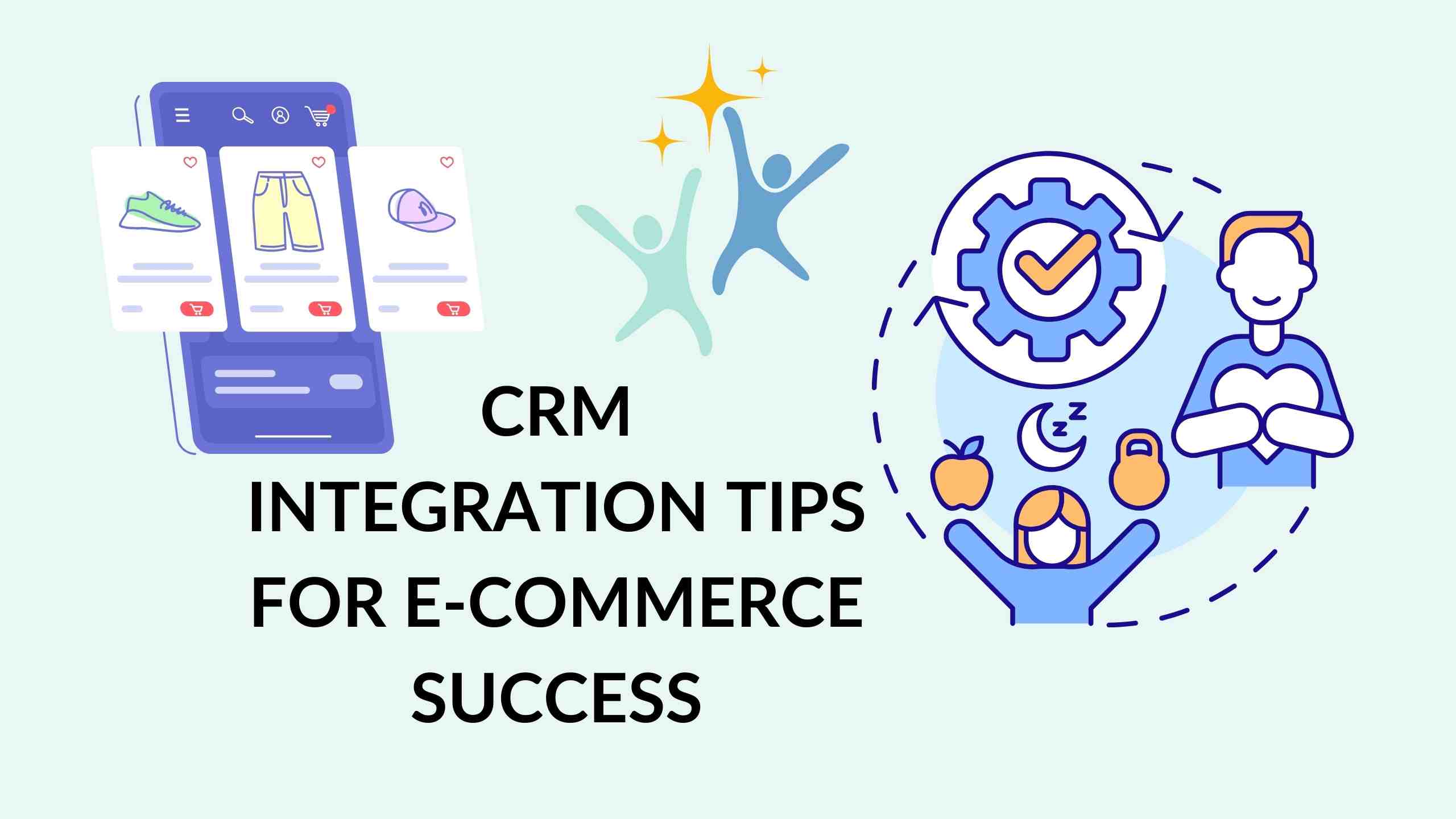CRM Integration Tips for E-commerce Success
- Proposal Software Customer Relationship Management


CRM Integration Tips for E-commerce Success
In the dynamic landscape of today’s digital market, adapting to customers’ evolving needs is paramount for business success. Achieving this success involves a strategic integration of Customer Relationship Management (CRM) systems with e-commerce platforms. This synergy allows businesses to not only keep track of their customers across various channels but also effectively sell products and services online. Here, we explore key CRM integration tips that can pave the way for e-commerce triumph.
Understanding the Dynamics
The Role of CRM Systems
Customer Relationship Management (CRM) systems serve as the backbone for understanding, managing, and nurturing customer relationships. They consolidate customer data, interactions, and preferences, providing businesses with valuable insights into customer behavior.
E-commerce Platforms: The Online Storefront
E-commerce platforms, on the other hand, are dedicated to facilitating online transactions. They are the digital storefronts where customers explore, engage, and make purchases. Combining CRM with e-commerce amplifies the capabilities of both, creating a powerful synergy.
CRM Integration Tips
1. Choose the Right CRM Platform
Selecting a CRM platform that aligns with your e-commerce needs is foundational. The integration should seamlessly connect with your e-commerce platform, ensuring a smooth flow of data between the two systems.
2. Prioritize Data Accuracy
For effective integration, prioritize data accuracy. Inaccurate or outdated information can lead to misunderstandings and miscommunications. Regularly update and clean your data to maintain its integrity.
3. Implement Two-Way Data Sync
Establish a two-way data synchronization between your CRM and e-commerce platforms. This ensures that customer data, order history, and interactions are consistently updated in both systems in real-time.
4. Personalize Marketing Communications
Leverage the integrated data to personalize marketing communications. Tailor promotions, offers, and recommendations based on customer preferences and behavior. This level of personalization enhances customer engagement and boosts conversion rates.
5. Streamline Order Processing
Integrate order processing between CRM and e-commerce to streamline the fulfillment process. This includes order tracking, inventory management, and customer notifications. A seamless order experience contributes to customer satisfaction.
6. Utilize Automation for Efficiency
Implement automation to streamline repetitive tasks and processes. From email campaigns to customer follow-ups, automation enhances efficiency, allowing your team to focus on strategic initiatives.
7. Ensure Mobile Compatibility
In an era where mobile usage is prevalent, ensure that your integrated CRM and e-commerce solutions are mobile-compatible. This guarantees a consistent and user-friendly experience across devices.
8. Facilitate Customer Support
Integrate customer support features to provide timely and personalized assistance. Access to customer history and interactions empowers support teams to deliver enhanced service.
9. Regularly Monitor and Optimize
Continuous monitoring is key to successful integration. Regularly assess the performance of your CRM and e-commerce integration, addressing any issues promptly. Optimize processes based on insights gained from the integrated data.
Learn More
For further insights and guidance on CRM integration for e-commerce success, explore these valuable resources:
- MakeWebBetter: E-commerce CRM Guide
- Dynamicweb: How to Integrate CRM with E-commerce
- BigCommerce: E-commerce CRM Integration
- Dynamicweb: 9 Best Practices for a Stress-Free E-commerce CRM Integration
- Extensiv: E-commerce CRM Integration Guide
Successfully integrating CRM with your e-commerce platform is a strategic move that can significantly impact customer relationships and overall business success. Implement these CRM integration tips to create a cohesive and efficient system that caters to the diverse needs of today’s online customers.











